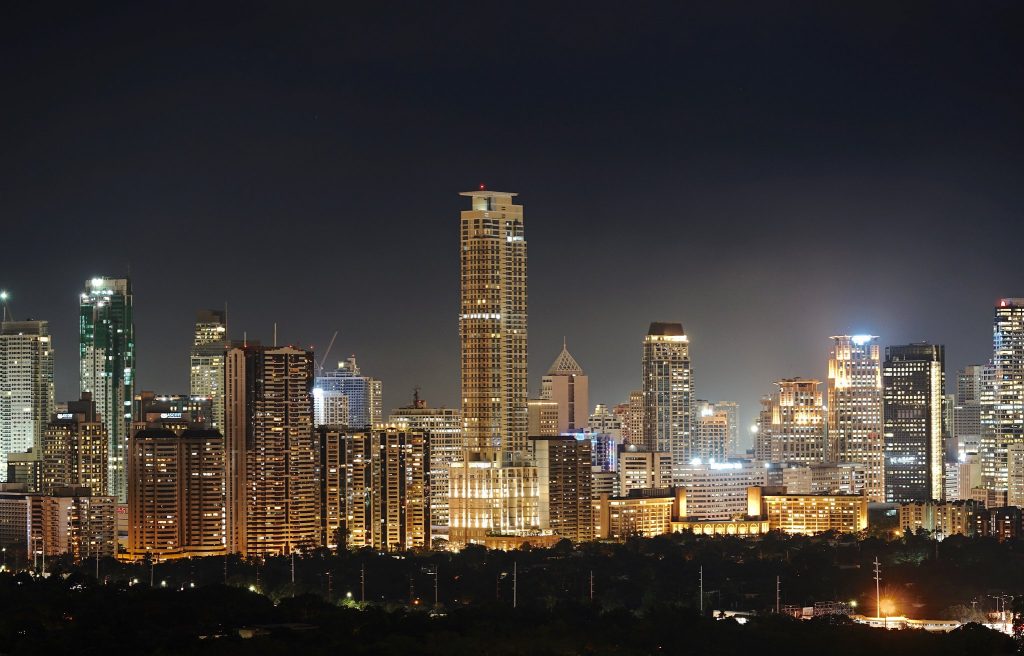Business and Economy
Recovery seen with gradual lifting of restrictions, vax rollout

MANILA – The gradual lifting of quarantine restrictions and continuous vaccination rollout will help the Philippine economy recover by 6 to 7 percent in 2021 and return to pre-pandemic levels by 2022, National Economic and Development Authority (NEDA) said Tuesday.
“The main difference between last year’s quarantine and this year is that we did not shut down 75 percent of the economy. In fact, we allowed the public transport to operate even during this year’s enhanced community quarantine (ECQ),” Socioeconomic Planning Secretary Karl Kendrick Chua said during the annual forum hosted by the Economic Journalists Association of the Philippines (EJAP).
“Despite the ECQ or modified ECQ in the last three months, more people are going to work. In terms of mobility, we are just 25 percent down from the normal period, compared to last year when we were around 50 to 80 percent down. This shows the kind of recovery that we are expecting in the second quarter,” he added.
Chua said the country’s solid macroeconomic fundamentals, as a result of structural reforms undertaken before the pandemic, have better prepared the country to address the crisis.
These will serve as the starting point of the country’s economic recovery, he said.
“Before the crisis, we had strong growth. We were actually about to become an upper middle income country in 2020 or two years ahead of our target. We managed our inflation very well. We had the strongest ever fiscal position, largely due to the tax reform. The latest credit rating from Standard and Poor’s, where our credit rating was kept at BBB+ with a stable outlook, is a testament to the good macro-fiscal foundation,” Chua said.
Chua said none of the country’s infrastructure, human resources, and reforms were affected.
“The economic performance you see today is due to an artificial policy of restricting economic performance because of excessive risk aversion last year. That is why we are changing our objective to risk management,” he said.
The NEDA chief reiterated that the country’s economic potential remains. Unlike last year, the economy is projected to grow at 6 to 7 percent in 2021 and 7 percent to 9 percent in 2022 as the government recalibrates its risk management strategy.
“There are three pillars that will govern this recovery. The first is re-opening the economy at the appropriate time and allowing an expanded age group to go out with safeguards, including the resumption of face-to-face learning in low-risk areas. The second is the accelerated implementation of the recovery package, consisting of more than 2 trillion pesos or 15 percent of GDP, in terms of fiscal, monetary, and financial resources. The third is the timely implementation of the vaccination program,” he said.
Chua also underscored the importance of vaccination in restoring the people’s confidence in resuming economic activities.
Vaccine deployment for the A4 group of workers began on June 7, 2021. As of June 13, 2021, close to seven million doses have been given to priority groups A1, A2, A3, and A4, he said.
“We have decided to open the A4 category to all workers in the National Capital Region and high-risk provinces. By doing so, we can achieve herd immunity sooner,” he added.
Chua further said the Philippine Identification System (PhilSys) or the National ID program is on track to meet its target of 50-70 million registrations by the end of 2021 as over 35 million Filipinos have completed the initial step.
This will strengthen human capital development and aid in the country’s recovery, he said.





















